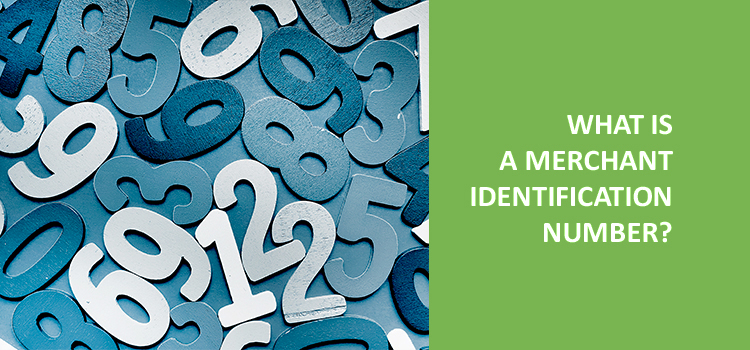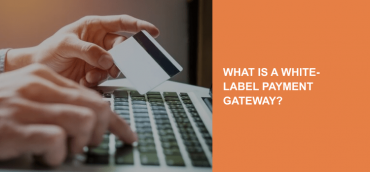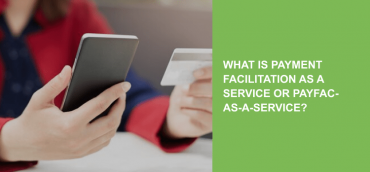A merchant identification number is a small code that, nevertheless, plays a key role in any transaction.
The MID determines how the transaction goes from issuing the bank to the trading account. It is also vital when it comes to eliminating errors in the transfer of funds.
What is a merchant ID?
A MID is an individual code that a merchant receives from a payment provider. You get the code when opening a merchant account with an acquirer bank.
The acquirer bank, along with information about the cardholder, transmits the MID to all processing participants for verification. It improves communication between the processor and other participants.
Before receiving the code, you need to verify your business by providing the required documentation, including Taxpayer Identification Number, identification of owners, and others.
Independent sales organizations serve as an intermediary between the acquirer and the merchant and help with obtaining a MID.
To process payments and also when working with companies such as PayPal, there is no need to open a merchant account. Thus, you won’t get your MID.
However, under certain circumstances, you may receive a merchant ID. It is possible when changing the payment provider.
In the hands of a fraudster, your MID can be used to conduct illegal transactions. Therefore, make sure to take all possible security measures.
Can I have multiple MIDs?
Sometimes merchants have a question of whether they can have more than one merchant account. And the answer is yes, maybe. Nevertheless, for most operations, one merchant id is quite enough.
To clarify this issue, you must first understand the terminology. Let’s define what MID and TID mean.
“TID” means “terminal identification number.” A merchant will have a unique number for each of the terminals of his personal card. All these numbers can also be grouped under one merchant id. Even if you have more than one merchant account, all of them can be grouped under one MID.
A merchant account is an agreement between the merchant and the payment processor. The presence of MID allows you to accept both traditional and alternative payments.
In this case, it is crucial to connect a reliable payment service provider like Ikajo to provide customers with a better variety of payment methods.
In this case, the question arises: why should merchants have several different MIDs?
It is usually for accounting purposes. Businesses with various sales channels, such as restaurants, hotels, and multi-channel stores, often have unique MIDs for different revenue streams. It helps to separate and track where the funds come from. As mentioned earlier, however, most companies will only need one MID.
Can I lose my MID?
Yes, it is possible. If a company has too many chargebacks, then losing its MID is at stake. There is both temporary retention and a long-term one, associated with more serious reasons.
Withholding funds
In some cases, the payment processor has the right to withhold funds from merchants. More frequently, it is because of suspicious activities such as a sudden increase in chargebacks.
These funds may be held until your payment provider receives detailed information. Also, in some circumstances, payment processors may place your funds in the permanent hold as a reserve. This practice is often applied to high-risk merchants. This reserve is called sliding, capped, or up-front payment.
Processing freeze
Processing freeze occurs when your processor temporarily disables your ability to accept card payments. It occurs if your chargeback ratio is too close to the chargeback threshold indicated by the payment network.
This point is especially bad for retailers. In case of the freeze, cash payments are limited. However, the situation is even worse for e-merchants since they can no longer make payments through credit or debit cards.
Termination
A payment provider or an acquiring bank may identify you as a potentially unwanted merchant with too many risks. In this case, they can close your merchant id and close your account. Usually, it happens in case of bank terms violation or high chargebacks ratio.
Alternatively, you can use the high-risk payment provider. In this case, the transaction fee will be slightly higher. But, you can still process your payments until you restore your MID.
How to protect MID?
Chargebacks are one of the biggest threats to any business. Thus, with a high level of chargebacks, there is a high probability of closing the merchant account.
However, there are many ways to lower or prevent an increase in the level of chargebacks:
- Use address verification
- Connect 3D safe.
- Use software that prevents fraud.
- Locators.
- Verifying CVV Code
- Voice Verification
Chargebacks are very difficult to determine. But the good news is Ikajo has risk managers in its staff committee who will always help resolve the issue in favor of the merchant.





